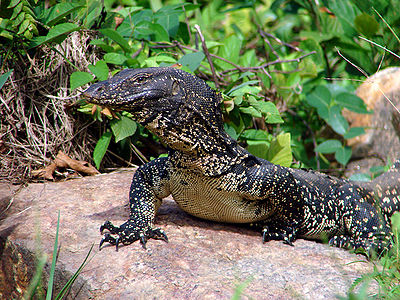The Asian Water Monitor (varanus salvator) is a challenge to keep as pet even for herpers used to handling lizards. Herpers are people involved with reptiles and amphibians. It comes from the word herpetology which is the study of reptiles and amphibians. This lizard’s native habitat is southern Asia from India east to the […]
Lizards
Lizards can be interesting and exciting pets. If you’re just getting started in the world of lizards, this article will give you some tips to get you going.
Before adopting a lizard, be aware that although lizards may be inexpensive, the equipment they need will raise the price considerably. Some lizards may grow into very large adults, so find out what size your adult lizard will be. Lizards have a long lifespan so be sure you are willing to make a long-term commitment. As with all reptiles, the risk of salmonella infection precludes keeping lizards in a house with young children or ill people.
Choosing a lizard
It is best to purchase a captive-bred lizard from a reputable breeder. Lizards which have been caught in the wild are prone to disease and parasites and are more difficult to tame. The stress of capture and transport will make a wild-caught reptile stressed and likely to become ill. Buying captive-bred lizards also protects the environment, since no animals have been removed from their ecosystem. Wild-caught lizards may seem less expensive, but in the long run, a healthier pet is much more cost-effective.
If you are a beginner, choose one of the easier to care for lizards, such as the Leopard Gecko, Bearded Dragon, Blue-Tongued Skink and Green Anole. More experienced pet owners can consider the more difficult to care for species, such as Iguanas and chameleons.
You may want to consider getting more than one lizard, as they will be more entertaining to watch than one. However, if you do this it is important that they are of similar size, well-fed and have plenty of shelter. Otherwise, one will eat the other.
Caring for your lizard
Lizards need time to acclimate to their new surroundings, so they should be left alone for a while. Once it has settled in, you can handle it briefly, moving up to longer sessions gradually. Lizards should be held by the head so they can’t bite, and their legs should be held downward so they can’t whip around or scratch you. Large lizards may require two people to pick them up.
When your lizard sheds its skin, it is important to check that all the old skin has fallen off from its toes and tail tip. Old skin can obstruct the blood flow and eventually lead to the loss of toe or tail.
Lizards need their claws cut. In the wild, their claws are naturally ground down from moving around, but in captivity the surface they walk on is too soft. You can only clip a small portion so you don’t cut where there is blood circulation. Take your lizard to the vet for its first trimming and observe how much they clip.

Bearded Dragon
What are some facts about the Bearded Dragon? The Bearded Dragon is native to Australia. It is an excellent climber and lives in rocky, arid areas. Heads are large and triangular. Bodies are flat with pointy side ridges. Colors can be light tan to dark brown and highlighted with red, gold or blue. When it […]
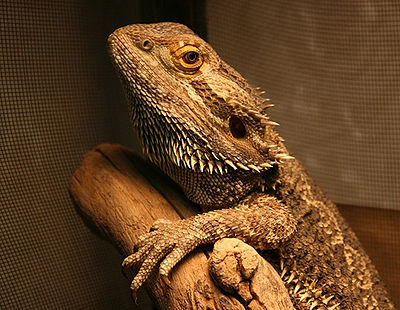
Tips For The Proper Care Of Your Bearded Dragon
Should you wish to possess a bearded dragon in your own home, then you need to know a few basic tips that will help take better care of your pet. Bearded dragons are considered to be good pets for most people, even people who have zero previous experience with keeping reptiles. Most families, especially kids […]

Steppe Runner Lizard
Steppe Runner Lizards are friendly little creatures who make good pets even for beginning reptile enthusiasts. Their native habitats are sandy, arid regions of Romania, the Ukraine and Southwestern Russia. A full-grown Steppe Runner Lizard is 6 inches long. While new as a pet, this lizard is believed to live up to 10 years in […]
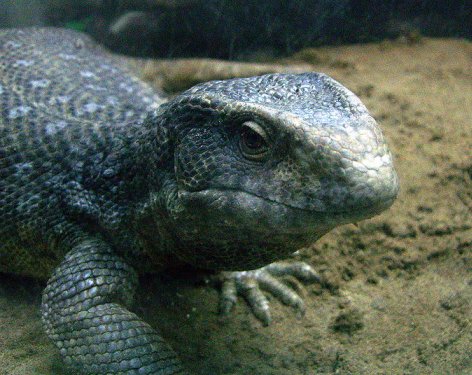
Savannah Monitor
What are some facts about the Savannah Monitor and other Monitor Lizards? Monitor Lizards are known to be the most intelligent of reptiles. Their natural habitat is Africa, parts of Southwest Asia to Australia. Savannah Monitors are about 3-4 feet long. They live 10-12 years. The Nile Monitor adult is 7 feet long.The Mangrove and […]

Green Iguana
What are some facts about the Green Iguana? The Green Iguana is bred in captivity in Central and South America and imported into the U.S. They are also some bred in the U.S. Either make good pets. The Green Iguana is a vibrant shade of green with a long, straight tail. They live over 20 […]
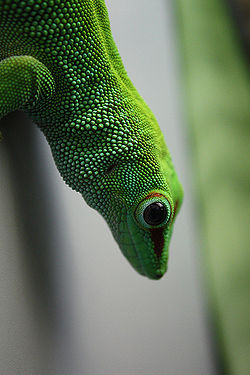
Giant Day Gecko
Where is the Giant Day Gecko from? The Giant Day Gecko can be found in the subtropical and tropical areas of Madagascar. The humid forests and trees and ground vegetation are to its liking. Adult Day Geckos are 8-11 inches long. Life span is up to 16 years. What is the temperament of the Giant […]
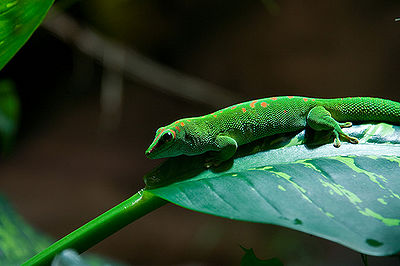
Gecko
What do Geckos look like? The wild Leopard Gecko is about 8-10 inches long and is yellow with black spots. They now come in a lot of different colour morphs, and so colours and patterns vary greatly. They don’t have sticky toe pads as other Geckos and therefore live on the ground as they can’t […]
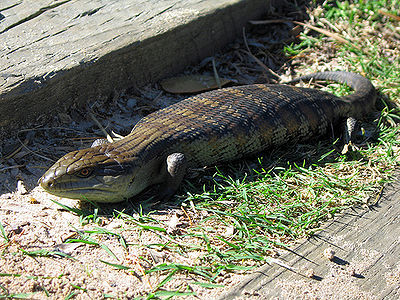
Blue-Tongued Skink
The Blue-Tongued Skink is found in Northern Australia, Irian Jaya and Southern New Guinea. It lives in forested areas where there is lots of ground cover for them to hide in and hunt in the leaves. They grow up to 2 feet long and live up to 20 years. This Skink is a docile creature, […]

Iguanas
Contents 1 Do You Really Want an Iguana? Concerns and Considerations 2 Feeding Your Iguana 3 The Iguana’s Aquarium 4 Taming 5 Related Articles Do You Really Want an Iguana? Concerns and Considerations Iguanas have become popular pets recently, especially the green iguana. One reason for this is their low price and another is the […]

